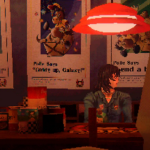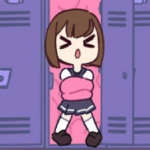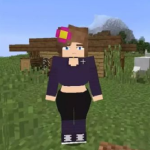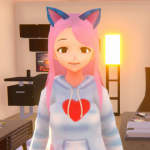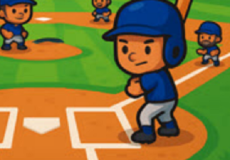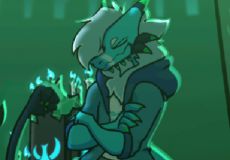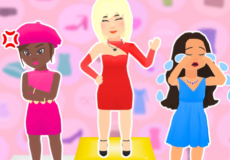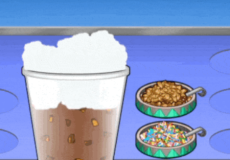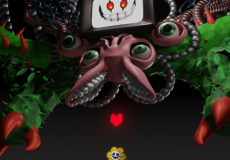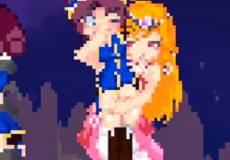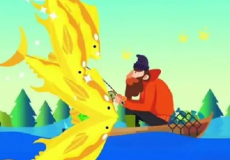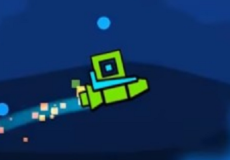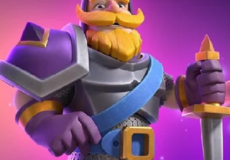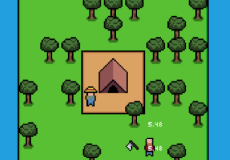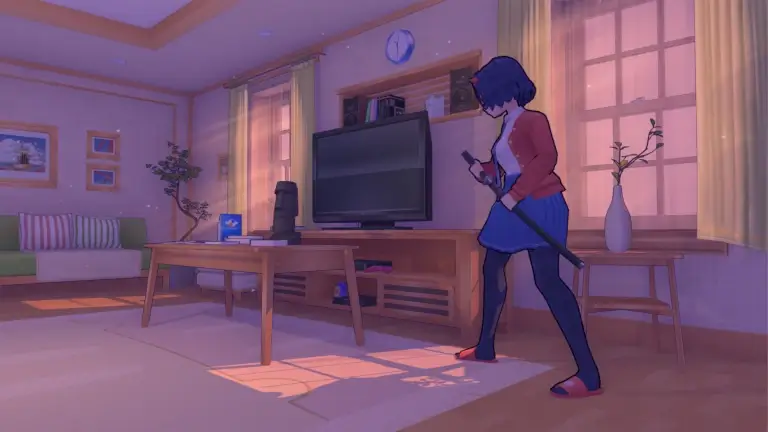

Wiggly Paint
Advertisement
Wiggly Paint is a digital art game that turns freeform drawing into an interactive motion exercise. The player uses a responsive brush that moves like a flexible object, reacting to direction, momentum, and drag. The screen acts as an unrestricted canvas where every gesture leaves a continuous trace. The environment has no levels or progression structure; it functions purely as a sandbox for testing how motion creates visual rhythm. The goal is not to complete tasks but to explore how different speeds and angles affect the flow of color and shape.
Advertisement
Similiar games
Wiggly Paint is a digital art game that turns freeform drawing into an interactive motion exercise. The player uses a responsive brush that moves like a flexible object, reacting to direction, momentum, and drag. The screen acts as an unrestricted canvas where every gesture leaves a continuous trace. The environment has no levels or progression structure; it functions purely as a sandbox for testing how motion creates visual rhythm. The goal is not to complete tasks but to explore how different speeds and angles affect the flow of color and shape.
Gameplay Mechanics and User Control
The system behind Wiggly Paint transforms simple movements into dynamic output.
Core gameplay functions include:
· Moving a deformable brush across the canvas through mouse or touch input.
· Adjusting speed and motion to influence the curve and elasticity of the line.
· Changing color or mode through small on-screen controls.
· Clearing or saving results between sessions.
The brush reacts to input in real time, bending or stretching depending on movement intensity. Each drawing becomes an unpredictable composition formed through physical response rather than precision.
Interface and Layout
The interface of Wiggly Paint is intentionally minimal. The main screen contains a canvas, a compact toolbar, and optional buttons for color and brush settings. There are no menus beyond the essentials, allowing uninterrupted movement. The player interacts directly with the surface, making the process continuous and fluid. The absence of structured objectives turns the interface into both workspace and playground, where each gesture contributes to visual output without external scoring or assessment.
Technical Design and Behavior
Wiggly Paint uses a physics-based system to simulate motion and elasticity. The brush operates as a chain of connected points that follow the user’s cursor or touch input, creating a sense of mass and delay. This structure produces motion trails that overlap and distort naturally, depending on velocity. The color system allows layering — overlapping strokes modify hue and opacity. The game runs on basic hardware with consistent frame performance, supporting extended sessions of experimentation.
Experience and Function
Wiggly Paint functions as both toy and tool, encouraging repetition and gradual discovery. Each session generates a new combination of patterns determined by the player’s movement habits. The activity is self-contained: there is no progress tracking or ranking, only the visual result of interaction. Over time, users learn to predict and control the elasticity of the brush, shaping compositions through rhythm and timing. The experience demonstrates how motion and reaction can replace traditional design rules, turning drawing into an act of procedural experimentation rather than deliberate illustration.
Discuss Wiggly Paint

